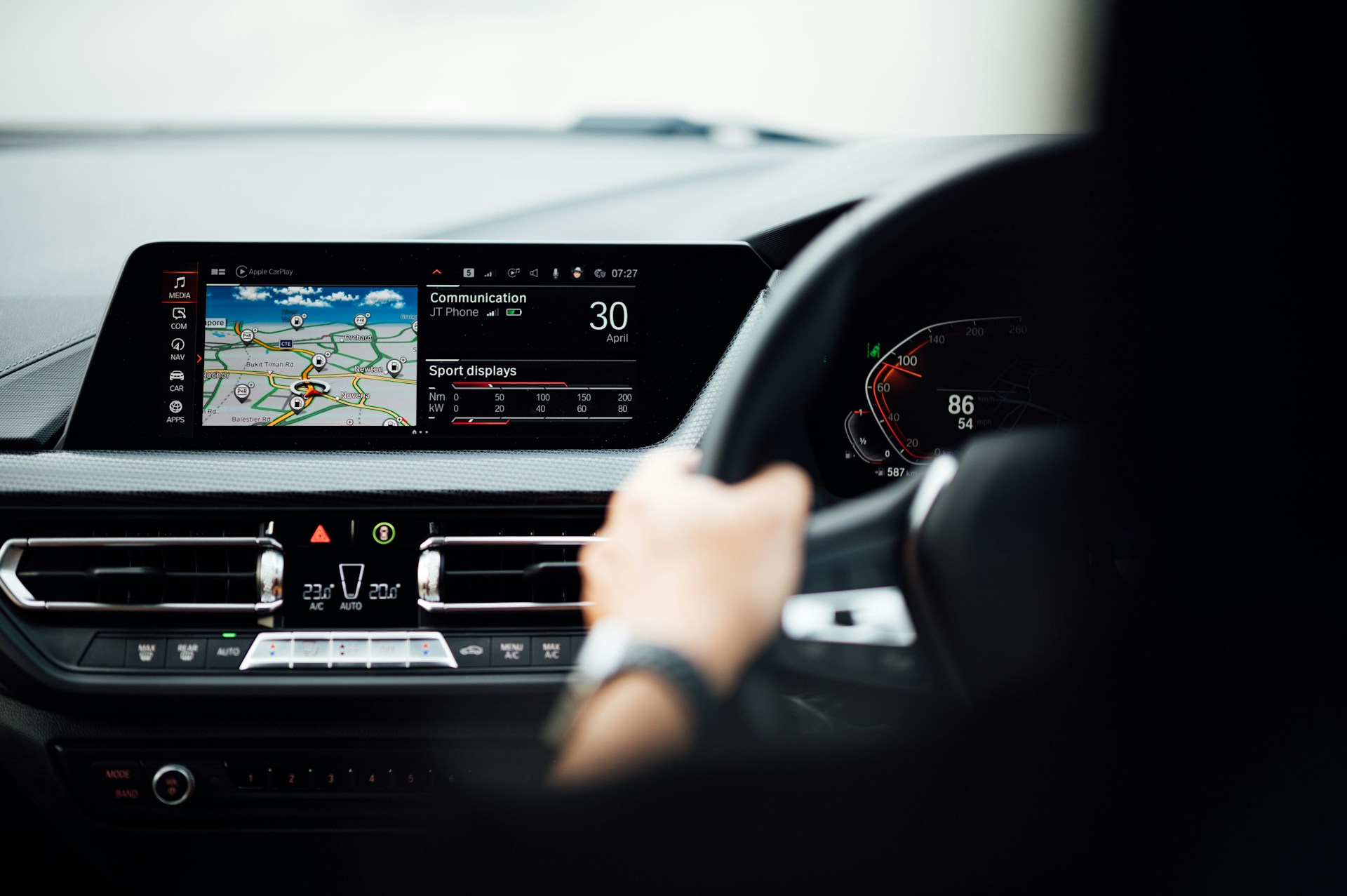GPS vs. Traditional Maps: Which Is Better?
Whether you’re on the road or in the wild, you’ll want to know where you are, where you want to go, and how to get back to society in one piece. Travel in the past required the use of a compass and map, but new technologies have allowed people to roam about with the magic of a GPS unit. How does GPS compare to traditional maps for practical travel? This article compares the two navigation aids in detail.
Contents
Pros of a GPS
Unmistakably, the number one reason that people choose to work with a GPS unit is the feeling of freedom. A new CDJR for sale may come bundled with a GPS built into the dashboard. With a GPS device in your pocket or in your car, you can make your way through town or the city outskirts without losing your way. If you do get lost, then the GPS will simply plot a new course for you to follow.
Having a GPS is like bringing every single map of the world along with you! It will know where every civilization’s establishments are and the roads that go through them. You can easily use the space you save for more important things like extra clothing or toiletries. Additionally, you will always know exactly where on the map you are, down to the mile.
Cons of a GPS
The GPS has many advantages, but it’s not without flaws. For instance, a GPS may take you right into a traffic jam, go offline when a satellite malfunctions, or run out of batteries. Some GPS units may take you around in circles, draining your time and leaving you frustrated. Lastly, they will not work in areas that the satellite signals do not reach.
Pros of a Map
While technology has its draws, many people still prefer the stability of a traditional map. Maps are typically made from paper, with everything printed in color or black ink. The biggest advantage of using a paper map is that it doesn’t require any power, so you can journey into an area without worrying about getting lost after running out of batteries. In this case, old-fashioned maps seem to be the winner for remote travel.
Maps are also easy to draw on, making it effortless to bookmark destinations or plan routes. You can give it away or let someone borrow it without fear of losing an expensive device.
Cons of a Map
Traditional maps have fared well for many people, but they have some disadvantages, too. Maps can get outdated, be easily destroyed, and disappear when you least expect it. You need to bring your own light source and plan your own route.
Both GPS and Maps Have Pros and Cons
It’s great having help with navigation as you travel the world, but it’s up to you to decide which method is best to use. A traditional map can show you everything you need to see, while a GPS plots the route for you automatically. Regardless of which navigation technique you use, be sure to travel safely and enjoy the trip while it lasts.

